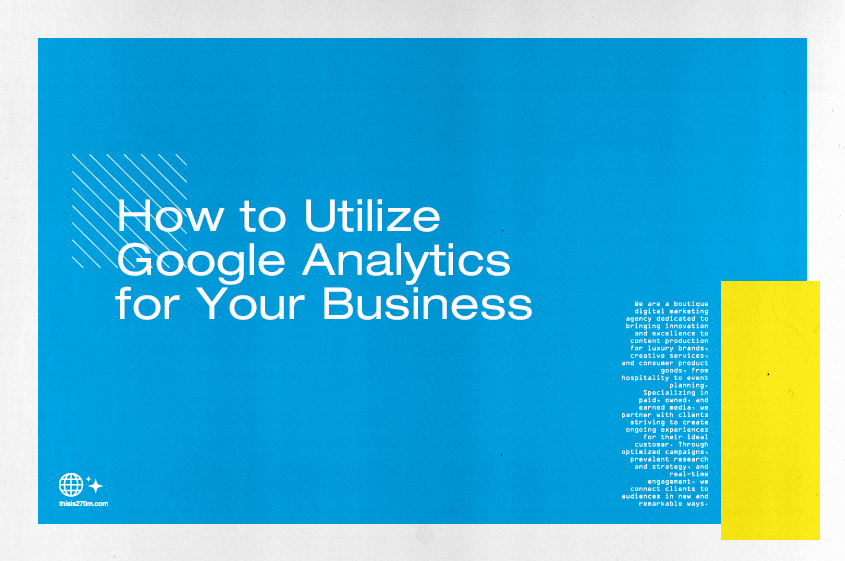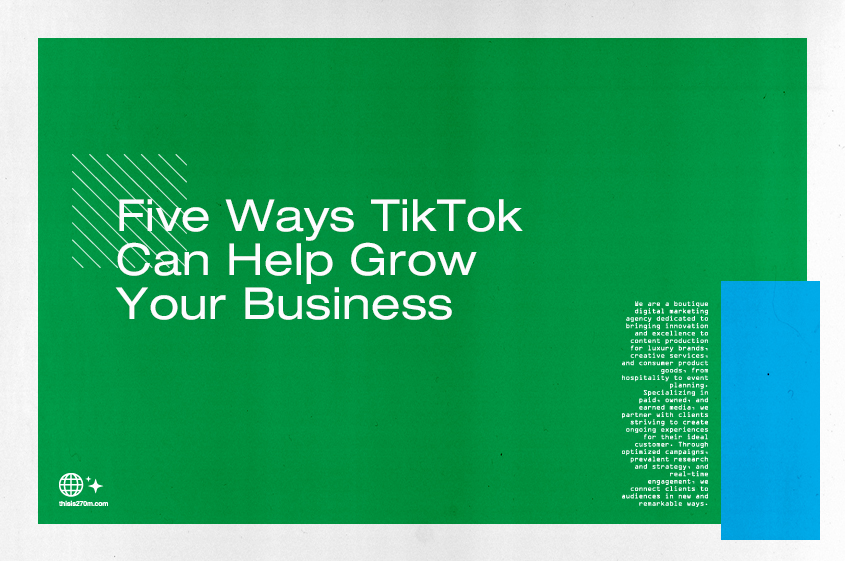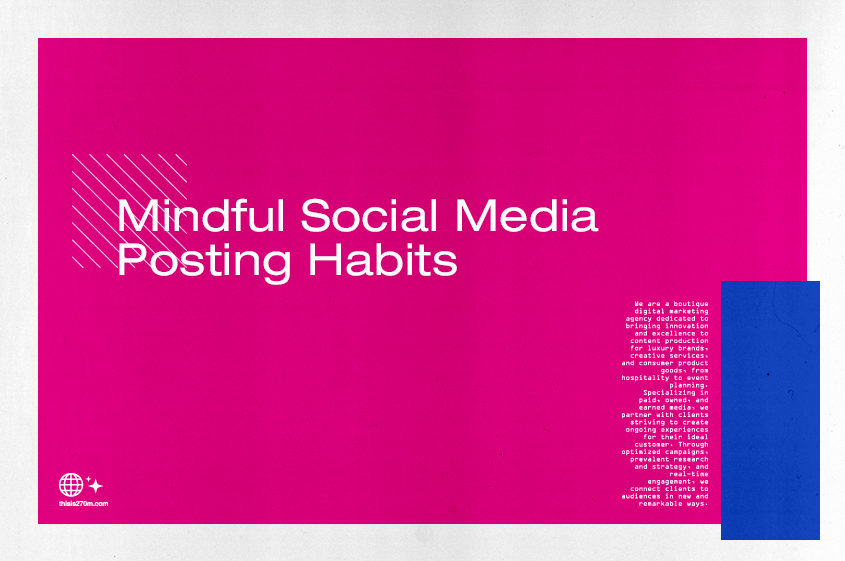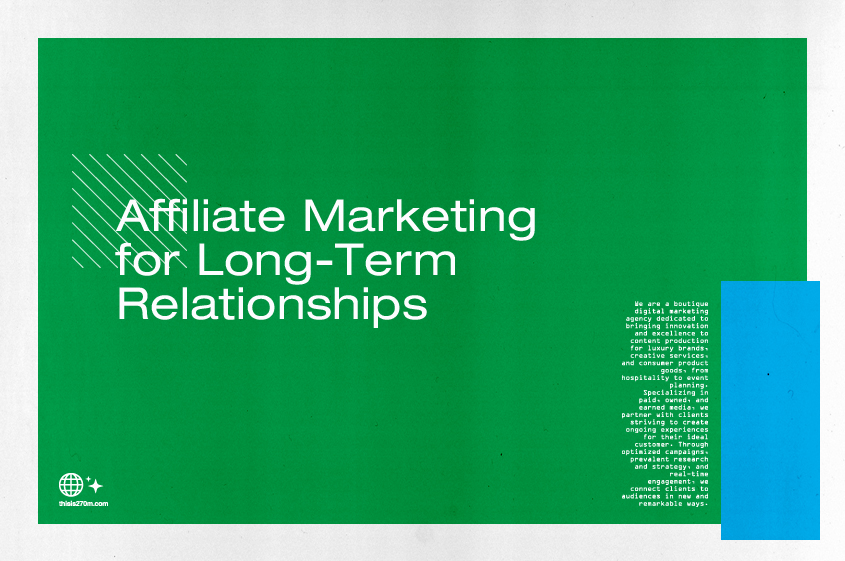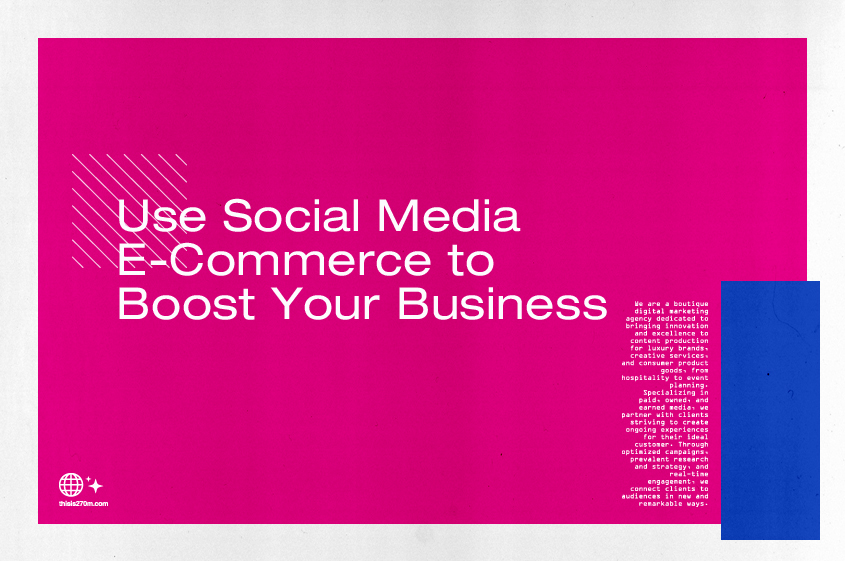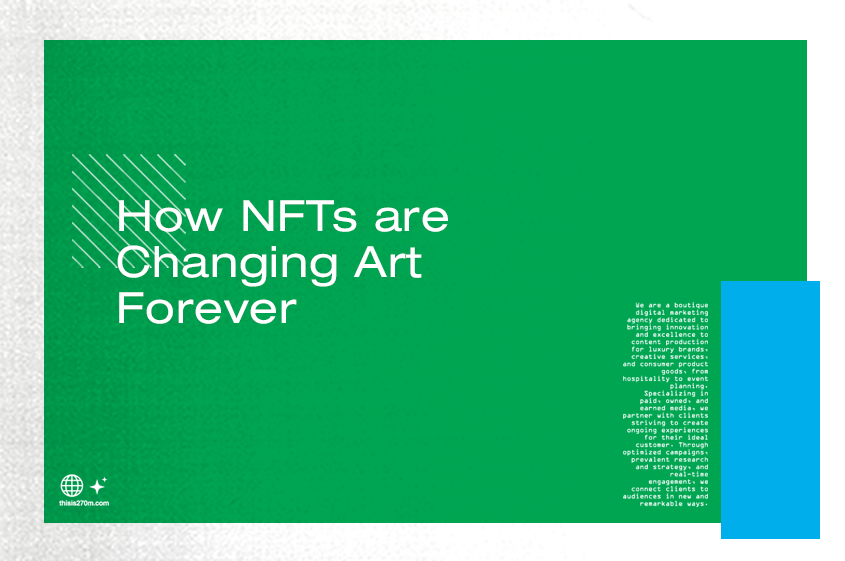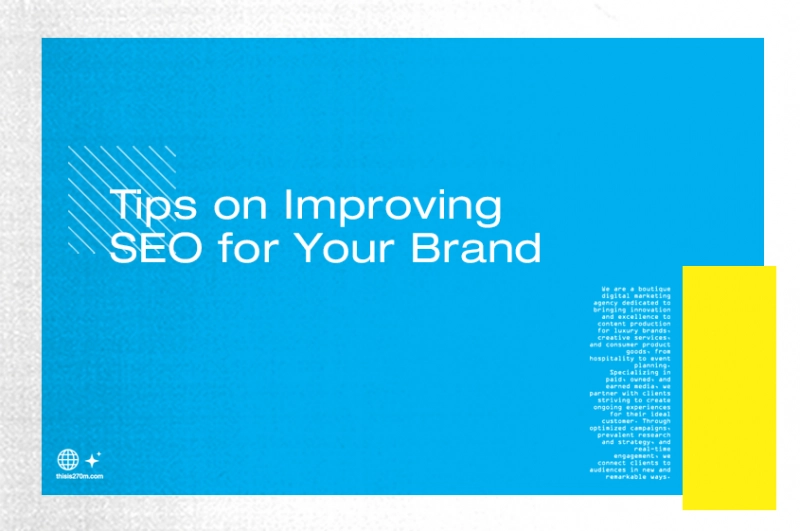The Most Authentic Social Media Platform: BeReal
Written by: Danielle Gazda
By now, you’ve probably heard of BeReal — then again, as a business owner, you may have heard nothing about it at all. BeReal is the latest social media platform taking Gen Z by storm first released in August of 2020. It now has over 15 million daily users and over 28 million downloads as of September 2022. This is a 315+% increase in usage and over 1000% increase in downloads since the beginning of 2022. What makes it unusual is that it’s almost an anti-social media app because it has a way of subverting all current preconceptions of how content is created nowadays.
How Does BeReal work?
Central to BeReal’s quirky appeal is that users are prompted (just once every 24 hours) to share an in-the-moment photo at a random time during the day. It also utilizes both the front-facing and back-facing cameras on the phone. This dual camera system has already been duplicated for Instagram Reels and TikTok. So far, BeReal is strictly a photo-sharing app, which goes against what all digital marketers now know — video content is king.
Interacting on BeReal
With the daily prompts, users get two minutes to post their photos. If they miss that window and post later in the day, a notification about the late post is sent out to all of their followers. This is another way BeReal subverts social media expectations: It gives the impression that sending out a post notification is a bad thing. In reality, it doesn’t matter too much, but that’s the novelty of it.
No Advertising on BeReal
Currently, there is no way to advertise on BeReal, nor are there any plans for advertising in the immediate future. The creators of the app wanted to get back to the roots of social media, where friends and family share images of daily life without the intrusive boosted posts, sponsored posts, or inducements to buy. They are considering bringing in-app purchases to the platform to earn some money, but the app itself will remain free, and the in-app purchases will not be required to use BeReal.
Companies on BeReal
Beauty brands have been the first companies to migrate over to BeReal. It’s easy to tell that their posts are coming from genuine employees. And while they may be curated to a certain degree, these photos are definitely shot on phones and are meant to feel as organic as possible. Some brands have leaned into doing giveaways or providing special discount codes to drive up interest for their products and to attract new followers. It will be interesting to see if this continues and if other categories of companies will follow suit.
Is BeReal Right for Your Brand?
If your audience is primarily Gen Z (or you want to grow your Gen Z audience), then yes, adding BeReal to your monthly content calendar may be a good move. It will take time to adapt to the less curated, less professional platform, but it could definitely be a beneficial move. Even TikTok and Instagram are trying to integrate dual camera photos for their own platforms. If your team isn’t familiar with BeReal, it may be best to have some employees try it with personal accounts first and report back on what they think might work for your brand. Keep in mind: BeReal could be a heavy lift since the expectation is a post every day — and that post can be prompted any time between the early hours of the morning and the late hours of the night.
Follow 270M’s social media to keep up to date with the latest digital marketing and social media trends. If you’re interested in hiring a digital marketing team, visit our website, or email us at info@thisis270m.com.

